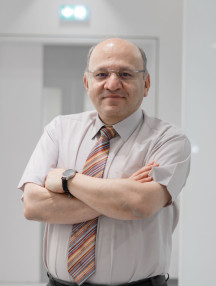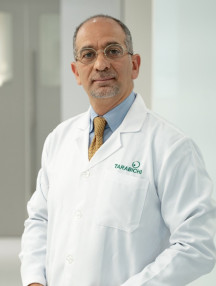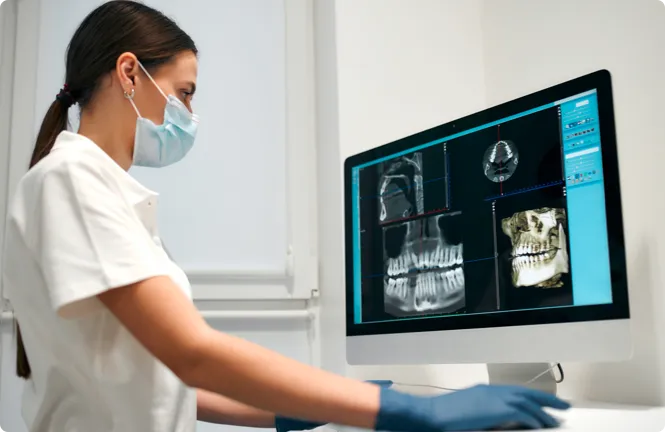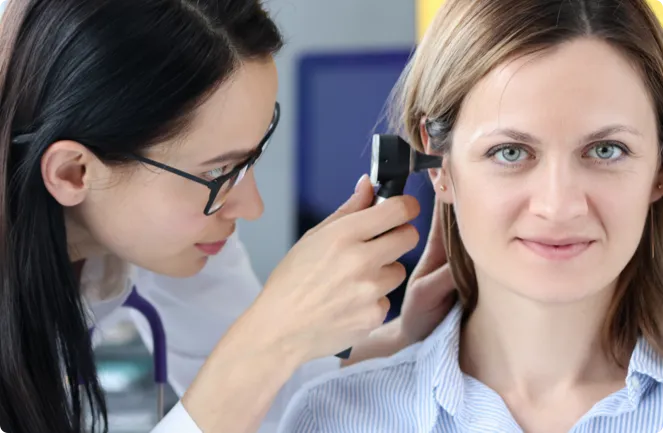



Benign vocal cord lesions are noncancerous growths that may form on one or both vocal cords. They include nodules, polyps and cysts. Most lesions form because you’re overusing or misusing your vocal cords. Treatments include voice therapy, behavior changes to improve your vocal health and surgery.
What are vocal cord lesions (nodules, polyps and cysts)?
Vocal cord lesions, also known as vocal fold lesions, can be benign (noncancerous) or malignant (cancerous) growths that can form on your vocal cords. This article focuses on benign vocal cord lesions.
Your vocal cords are two bands of muscle and vibratory tissue inside your larynx (voice box). They come together and vibrate to produce sound when you speak, sing or use your voice in other ways.
Lesions on your vocal cords can change your voice, making it difficult or even painful to talk or sing.
Types of vocal cord lesions
Benign lesions include vocal cord nodules, polyps and cysts.
- Vocal cord nodules
Vocal cord nodules, sometimes called singer’s or screamer’s nodes, can form if you’re repeatedly misusing or overusing your voice. These callus-like growths develop in the midpoint of your vocal cords. This part of the vocal cords gets used most often when you’re using your voice. Often, nodules develop on both vocal cords.
Anyone can get them, but they’re most common in children, heavy voice users such as teachers, trainers and coaches, and professional voice users such as singers and speakers.
- Vocal cord polyps
Vocal cord polyps, like nodules, can result from repeatedly overusing or misusing your voice. They can also form after a single episode of vocal abuse (like yelling at a sports event). Polyps can vary in size and shape, but they’re usually larger than nodules. They typically form on one vocal cord, but the friction from a single polyp rubbing against the other vocal cord may cause an additional polyp to form.
A specific type of vocal cord polyp, polypoid corditis (Reinke’s edema), is associated almost exclusively with smoking. If you smoke and become hoarse, you should see a provider to evaluate you for this condition, as well as malignant growths.
Anyone can develop vocal cord polyps, but they’re more common after an episode of voice overuse such as yelling or a sudden loss of voice.
- Vocal cord cysts
Vocal cord cysts are growths that have a sac around a fluid-filled or semisolid center. There are two types of vocal cord cysts: mucus retention cysts and epidermoid (sebaceous) cysts. Vocal cord cysts are less common than vocal cord nodules and polyps but can cause many of the same symptoms. They’re not necessarily associated with voice overuse.
Symptoms and Causes
What are the symptoms of vocal cord lesions?
The most common symptom of a vocal cord lesion is hoarseness or a raspy voice. Still, symptoms depend on the lesion’s size and how much it interferes with your vocal cords opening, closing and vibrating together.
Symptoms include:
- Hoarseness.
- Breathiness.
- Vocal fatigue.
- Loss of your voice.
- Loss of your vocal range.
- A voice that breaks easily.
- A harsh, raspy or scratchy voice.
- Frequent coughing, throat clearing or general fatigue.
- General neck pain or a shooting pain that travels from ear to ear.
What causes vocal cord lesions?
Nodules and polyps form over long periods of overusing your voice or using your vocal cords incorrectly. Speaking or singing for extended periods, yelling or straining your voice can all cause your vocal cords to become irritated and inflamed, eventually causing lesions. Singing (particularly in professional singers), screaming and frequent talking (for instance, if you’re a teacher, coach or salesperson) can all lead to nodules or polyps.
Other factors can make you susceptible to lesions or worsen them. These include:
- Smoking.
- Sinusitis.
- Allergies.
- Hypothyroidism.
- Chronic acid reflux (GERD).
- Consuming excessive alcohol or caffeine.
- Using your voice when you’re sick with a cold or upper respiratory infection.
Vocal cord cysts can form if a gland in your vocal cord gets blocked or fragments of cell debris get trapped inside vocal cord tissue.
Diagnosis and Tests
How are vocal cord lesions diagnosed?
A healthcare provider will examine your head and neck and ask how you’ve been using your voice. They may perform tests to examine your vocal cords directly, including:
- Laryngoscopy: Healthcare providers perform this test to examine your voice box. They insert a thin tube through your nose and mouth with special lights and a video camera that allows them to see your voice box.
- Stroboscopy: Healthcare providers perform this test to see how your vocal cords vibrate. They insert a small scope into your nose or throat, above your vocal cords. The scope connects to a special strobe light that flashes when your vocal cords vibrate. This test is the gold standard for evaluating hoarseness. Laryngologists or speech-language pathologists with specialization in voice typically perform and interpret this procedure.
Management and Treatment
How are vocal cord lesions treated?
Therapy can range from conservative behavioral, medical and dietary treatments to more invasive treatments like surgery.
- Voice therapy: A specialist called a speech-language pathologist might work with you during voice therapy sessions. Voice therapy teaches how to use your vocal cords so they can heal. It can also teach you how to prevent lesions or voice injuries in the future. Nodules are typically treated conservatively with voice therapy under the guidance of a speech therapist.
- Behavioral modifications: Behavioral interventions can help you make lifestyle adjustments to help care for your voice. Quitting smoking, reducing stress and improving your diet can complement voice therapy to ease your symptoms and heal vocal cord lesions.
- Treatments for underlying medical problems: Treatments that address underlying issues that cause vocal cord inflammation, such as reflux, allergies and sinusitis, can help heal lesions and lessen symptoms.
Surgery: You may need surgery for nodules that don’t improve with more conservative treatments, like voice therapy. You’ll likely need surgery if you have a polyp or cyst. Unlike nodules, polyps and cysts don’t typically improve with voice therapy. Still, you may need voice therapy after surgery to reduce your risk of irritating your vocal cords and developing new lesions.










